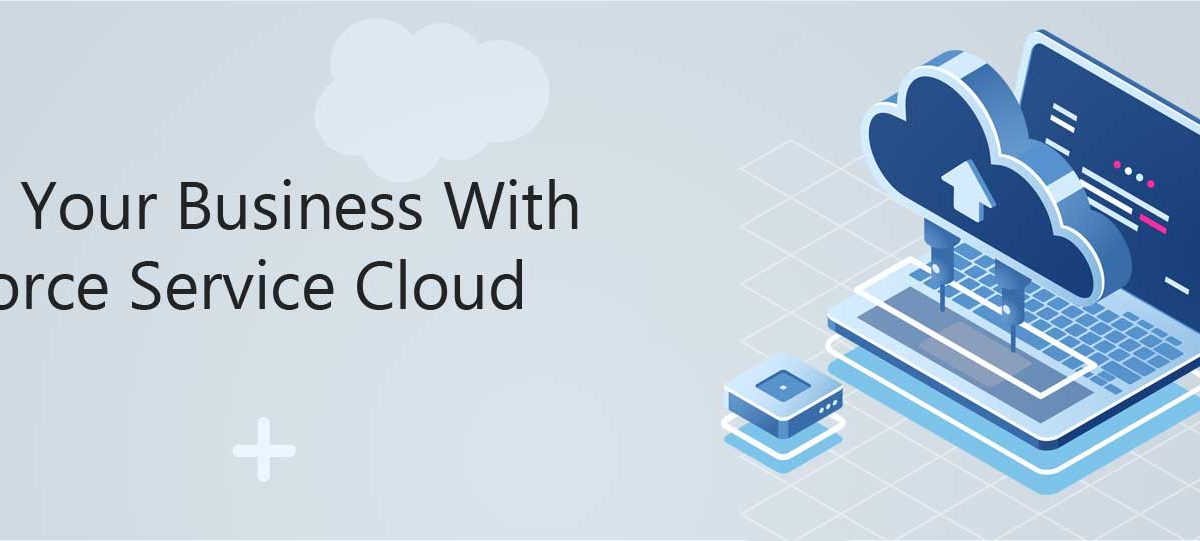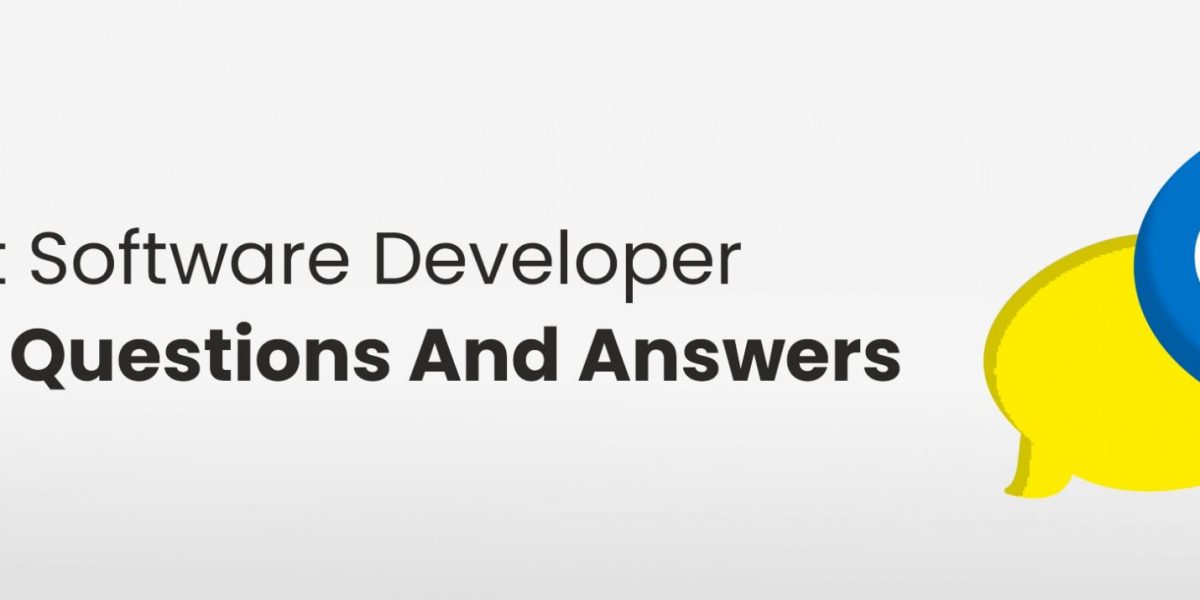Driving more sales is often one of the most sought-after objectives of a business organization. No matter how distinguished your products/services are, how skilled your team is, and how persuasive your marketing processes are, your business needs to generate revenue through sales to survive in the market. For more than two decades, Salesforce has been helping businesses in streamlining and automating their sales processes by keeping a track of their transactions and handling the valuable customer database.
One of the major advantages of Salesforce is that of providing users with a centralized platform for carrying out a variety of sales processes. Right from the moment you acquire a lead or approach a customer until the deal is closed and a sale is made, Salesforce helps you in managing every activity involved from start to finish.
The CRM platform helps you manage all your sales processes until you realize the payment for your deal via the process of quote-to-cash.
What Is Quote-to-cash In Salesforce?
As the name suggests, quote-to-cash is the process that starts when you generate a quote and configure an offer for your customer and ends when you receive the agreed sum of money out of the sale.
Salesforce helps you go through the entire journey of a sale being realized along with your customers on a single unified platform and a centralized interface. The advanced and automated tools allow you to complete your sales cycle faster without your sales reps having to waste their time and effort.
A common misconception about Salesforce quote-to-cash is that the process ends when the customer agrees to place the order or when the deal is cracked. However, although this gives you the surety of realizing revenue, the QTC process is not completed until you receive the said amount for your product/service and the transaction is analyzed and recorded in your database as closed.
The QTC process makes sure that you have realized the monetary benefits before you consider a deal to be closed. Also, Salesforce CPQ (configure, price, and quote) plays an important role in this process of conducting and recording sales.
What Are The Steps Involved In Quote-to-cash?
The entire process of quote-to-cash in Salesforce can be summed up in ten distinct steps, explained briefly here:
1. Configuring the proposal
The quote-to-cash process starts when you configure the proposal to be made to your customer. This is the stage where you come up with the right combination of products and services your customer will be inclined to purchase.
In times when you are surrounded by intense competition and the customers are extremely picky, it is very important to get this step right. By keeping a track of the specific needs and preferences of your customers, Salesforce helps you configure the right proposal to recommend to the right customers. Always be careful and double sure before going ahead with the configuration as none of the following steps would make any sense if the first recommendation goes wrong.
2. Deciding the price
This is arguably the most important and sensitive step in the quote-to-cash process. Once you have decided the best possible configuration to propose to your customer, you need to go ahead and fix the final price of your offering.
If you think this is merely the process of deciding on the price of your product/service, you might want to think again. Deciding on the price is only half of the work done. The second and the more important half deals with providing the right discounts and giving the right incentives to make your customer go ahead with the purchase.
This is a fairly thin line that a seller treads on. If you provide a discount that is way more than what the customer expects, you would end up cutting down a big chunk of your profit. On the other hand, a minuscule discount would have no impact on your customer.
It is always advisable to set the final price of your offerings based on the cost at which you brought/assembled your product, the labor that goes into providing the service, and the amount of profit you are willing to earn out of the transaction.
When it comes to giving discounts and incentives, it is advisable to decide these rates based on the loyalty of your customer and your relationship with them as a seller.
3. Generating and delivering the quote
This is the final step of the famous Salesforce CPQ process. After you have decided on the final price of your offering, you need to create a quote of the same and send it to your customer for approval.
It is important to remember that a quote is often the first impression you cast as a seller on your customers. Until here, it was the marketing that did all the talking. Usually, this is the stage that determines whether your customer will go ahead with the purchase or not.
Always make sure that you send in the right quote at the right time to the right person (without hurrying). Quotes having errors and delivered late often put off customers, reducing the chances of the concerned deal closing successfully.
4. Creating a contract
After sending the right quote to your customer, you need to create a contract to make a variety of aspects clear and solidify your sale. It is important for a seller to be extremely vigilant and precise while drafting a contract. You can always take the help of professionals to make sure things are going the right way.
It is advisable to put in all possible clauses and clear all possible doubts within your contract. Be blunt and direct about aspects that might seem ambiguous to your customer. At this stage, your job is to define the parameters of your deal and the relationship you are going to have with your customer.
If possible, it is always advisable to have a trusted source authenticate your contract to validate all clauses and prevent any confusions or conflicts that may arise in the future. At the same time, it is important to maintain the security and privacy of your contract.
5. Negotiating the contract
If you are well-versed with the nitty-gritty details of the quote-to-cash process, you would know that a contract is rarely accepted at its face value and approved without any changes.
Generally, after being delivered for the first time, contracts are altered multiple times, with specific terms being negotiated with the customer. Always keep a track of the changes your customer is asking you to make and ensure that it does not conflict with your core sales objectives.
It is always healthy to meet your customer somewhere in the middle, making negotiations that make both parties happy. The best way to go about these negotiations is to get a legal professional involved. This will bring in an expert voice to the matter and save you from making needless corrections to your contract.
6. Contract approval and execution
Once all the requirements of both parties are met, your contract will be approved and move forward for execution. This is when you can say that your deal is finalized and the sale is confirmed on paper.
The contract is approved when both parties sign the contract. A common problem, faced by sellers is the lack of a digital signing facility. It is advisable to integrate your Salesforce CRM with an efficient document signing platform to make sure that your contract is signed in a seamless way.
7. Fulfilling the order
After getting the final approval of your client, it is time to fulfill your order and provide your offerings to your customers. Whether you are delivering a service, a product, or both, always make sure that the order is fulfilled according to all the clauses mentioned in the contract. Also, make sure that the delivery is made on time and the quality of your offerings is maintained.
Salesforce will help you ensure all these aspects and help you in making your products/services reach your customers in the best way possible.
8. Invoicing
Along with the delivery of your offerings, send an invoice pertaining to your order to your customer. The integrated quote-to-cash system of Salesforce helps you make sure that the invoice is in sync with the quote you generated and the contract you created.
9. Realizing the revenue
This is when you finally receive the money for your order through the pre-decided mode of payment. The QTC integration on Salesforce will help you validate the income received and add the same to your books of accounts for analytics.
10. Monitoring your contracts
Most SaaS models involve a business dealing in deals that are recurring and contracts that need periodic renewals. After you have made close a deal successfully and added the details to your database, it is important to keep an eye on all your deals and keep yourself notified about the expiry, renewal, and termination dates of your contracts.
With Salesforce, you can automate all these processes and receive real-time updates about each of your contracts.

 +1 561 220 0044
+1 561 220 0044 +61 255 646464
+61 255 646464 +91 909 080
3080
+91 909 080
3080


